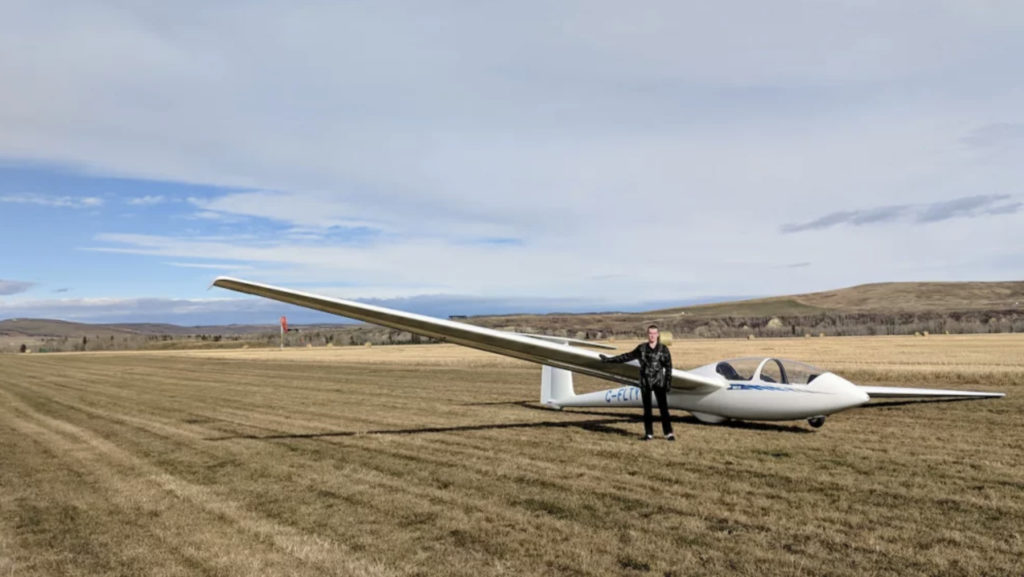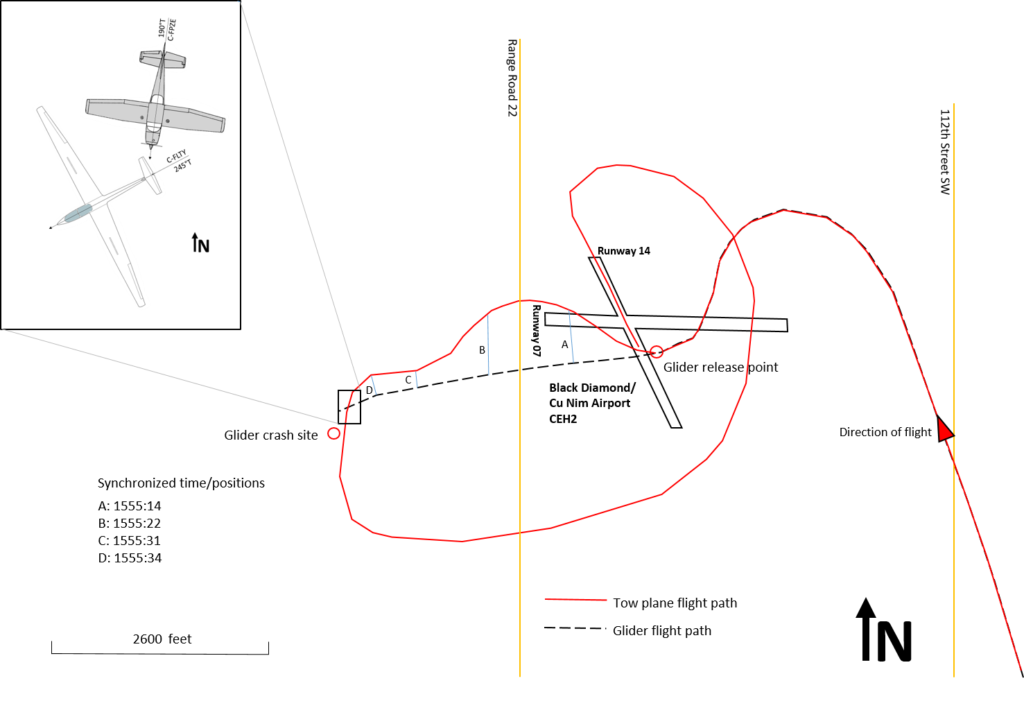Estimated reading time 5 minutes, 39 seconds.
On March 24, 2022, MP Stephanie Kusie tabled a Private Member’s Bill in the House of Commons: Bill C-259, an Act to amend the Aeronautics Act (collision avoidance system).
After learning about 18-year-old Calgary native, Adam Leinweber, who died in a glider crash in 2019, Kusie felt compelled to bring this new legislation forward, which is seconded by MP Len Webber.
The 2019 crash was a midair collision involving a Cessna 182N and a Schleicher ASK 21 glider.

Instructor Allan Wood and his student, Leinweber, were gliding at the Cu Nim Gliding Club when their tow plane (the Cessna 182N) struck the glider’s empennage shortly after detaching.
According to the Transportation Safety Board (TSB) investigation report, the collision caused the vertical and horizontal stabilizers to separate from the glider, which then crashed to the ground.
The report states that the Cessna 182N pilot did not attempt to communicate with the glider after detaching to determine its position. However, in order to maintain situational awareness with another aircraft, pilots are encouraged to broadcast their intentions.
The TSB found that the Cessna 182N was equipped with a PowerFLARM Core airborne collision avoidance system, but it was not working on the day of the collision. The glider was also equipped with a PowerFLARM Portable device. However, since the tow plane’s PowerFLARM Core was not functional, “the PowerFLARM Portable installed on the glider would not have provided any traffic information to the flight crew of the glider with respect to the tow plane’s position.”
Ultimately, neither pilot saw the other aircraft in time to avoid a midair collision, the report says.
Kusie highlighted that there is no requirement that airborne collision avoidance systems be used in Canada.
She believes the legislation “would increase aviation safety for all Canadians by mandating operational collision avoidance systems for gliding clubs across Canada.”

The proposed legislation applies to Section 4.71 of the Aeronautics Act.
As part of Bill C-259, Section 4.71 is amended by adding the following after subsection (2):
Collision avoidance system
(3) In addition to any security requirements for equipment, systems and processes prescribed under paragraph (2)(l), gliders that have an enclosed cockpit and that weigh more than 200 kg, and any aircraft used for the towing of those gliders, must be equipped with a GPS-based collision avoidance system.
Kusie noted that “there have been 30 confirmed incidents or near misses involving gliders since 2010. Nine involving commercial aircraft.”
She continued: “This is not a partisan issue. . . . It is an issue of safety for all Canadians, and we must take the necessary steps to ensure another life is not lost.”
Kusie hopes that all Parliamentarians will support Bill C-259 to help improve safety in the Skies.
Full details regarding the 2019 midair collision can be found here.








